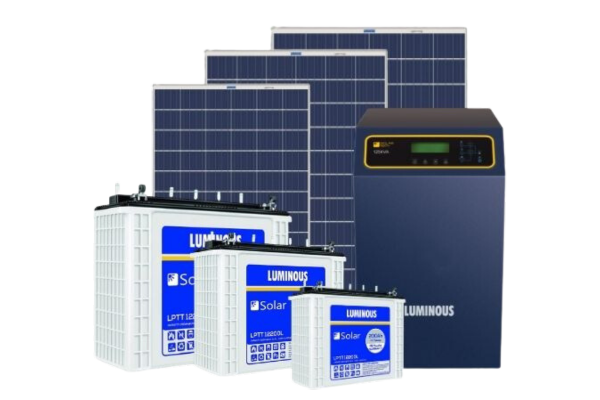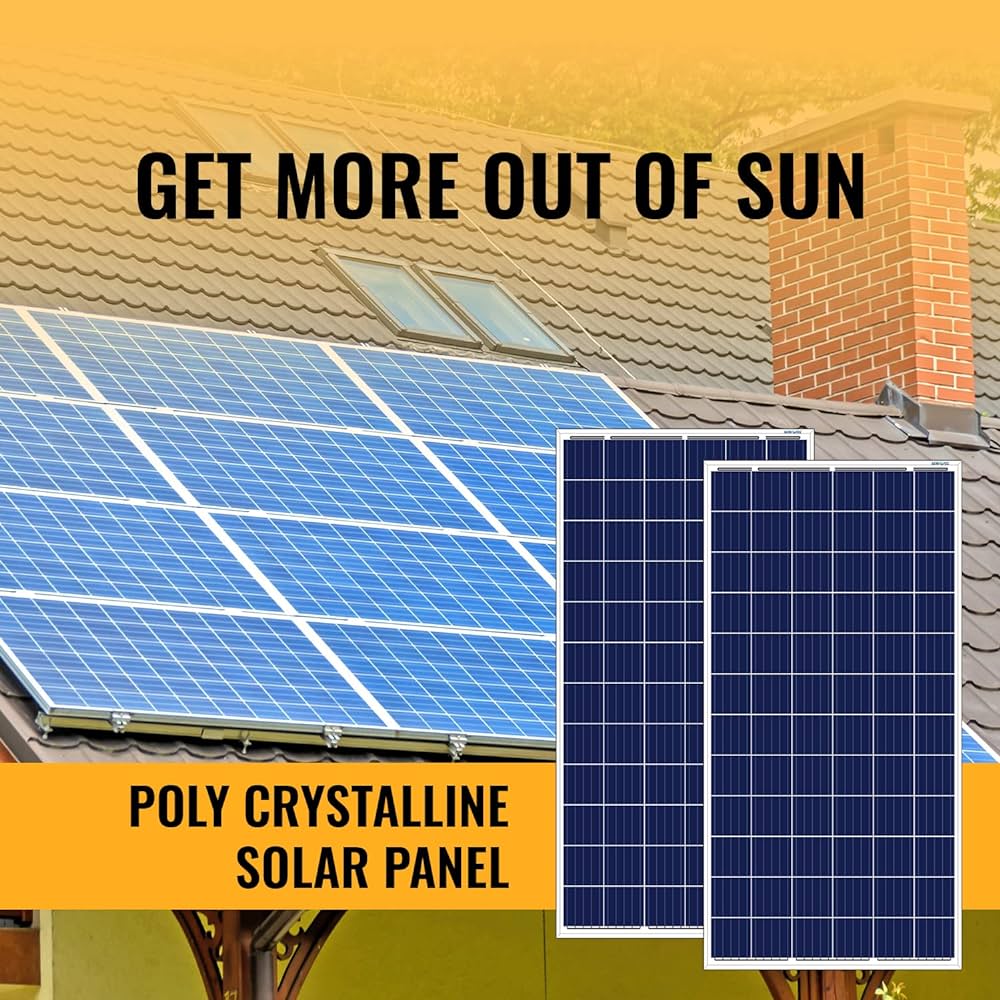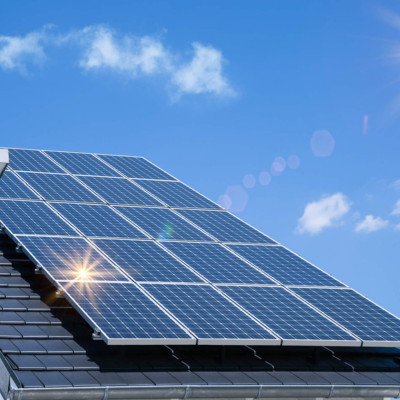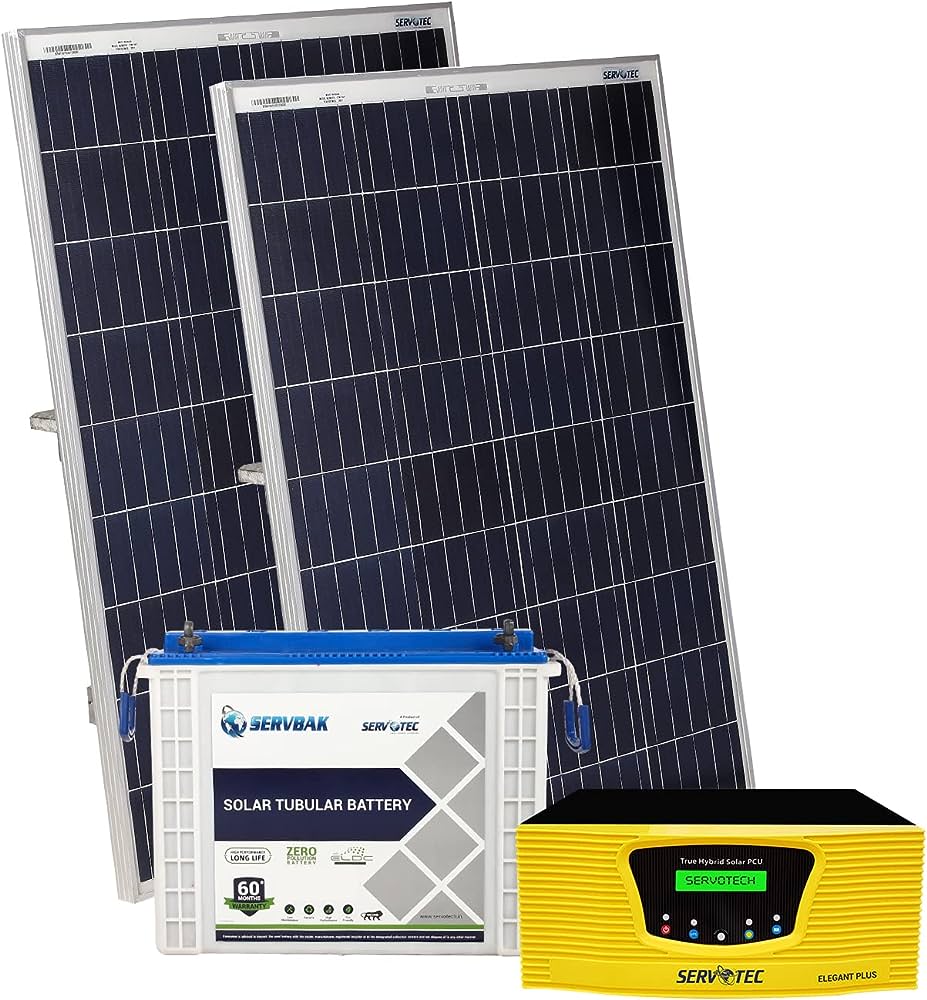Solar Rooftop
Harness the Power of the Sun: Discover efficient and eco-friendly solar panels for sustainable energy solutions.


Wafers for polycrystalline solar panels are made by melting together many silicon shards. These panels are known as "poly" or multicrystalline due to their manufacturing process. They use melted silicon shards, unlike single-crystal silicon used in monocrystalline panels.


Monocrystalline solar panels use silicon wafers in their construction. The silicon starts as bars and is then thinly sliced into wafers. These panels are referred to as "mono" due to their utilization of silicon with a single crystal structure.
Solar panels are split into two halves, doubling the number of cells from 60-72 to 120-144. The goal is to increase module efficiency and boost wattage output.
